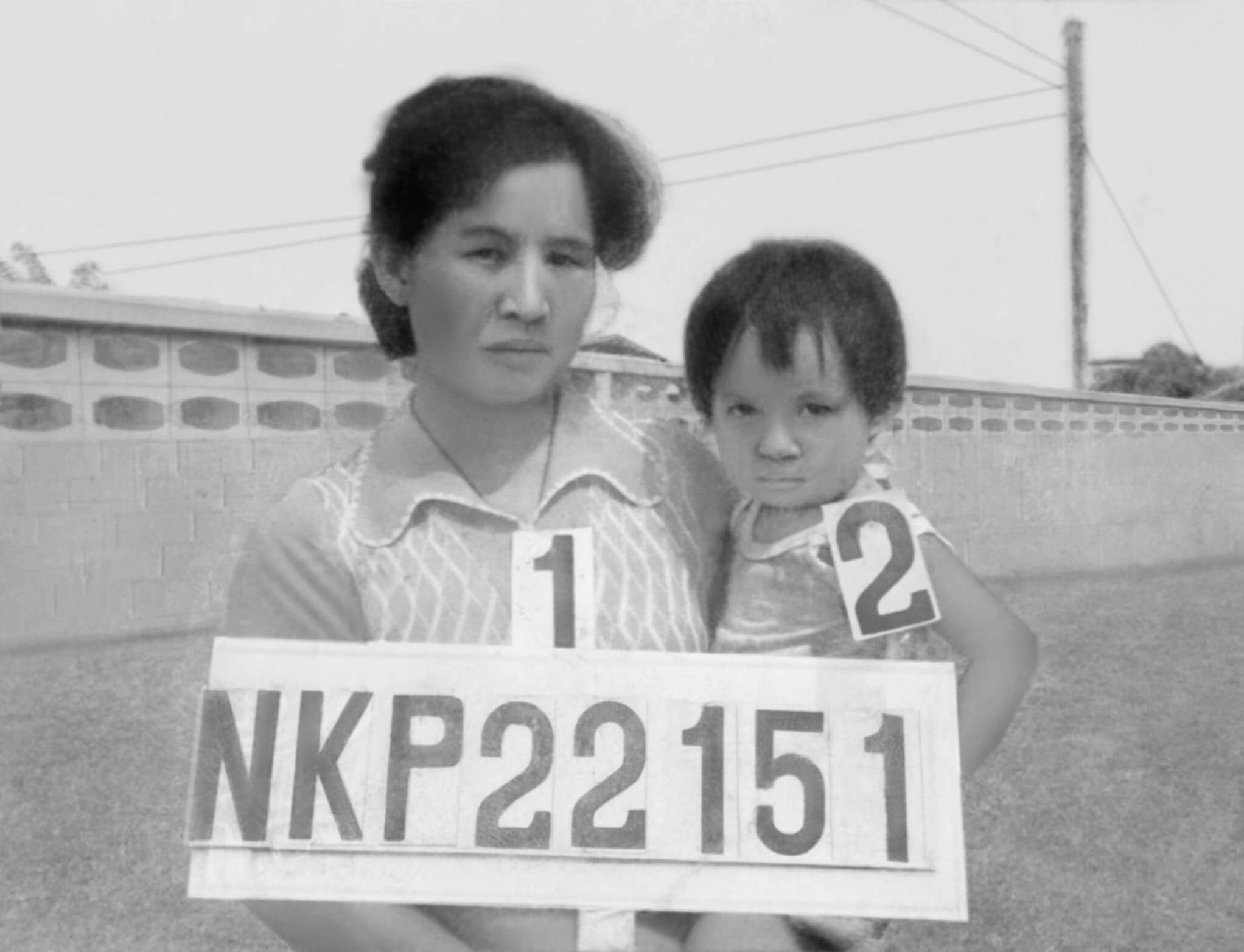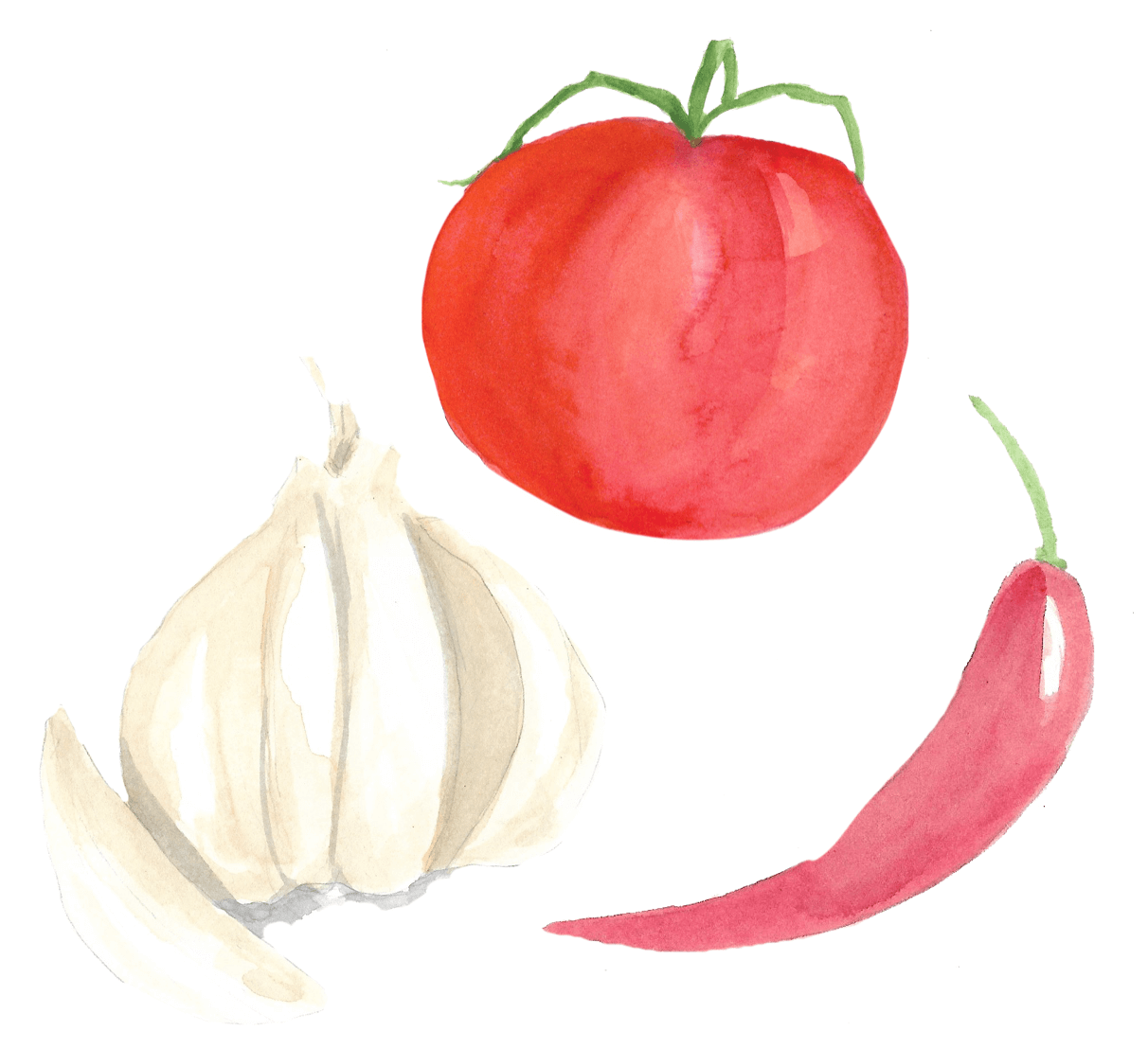Relish: Ann Ahmed's Laotian Sticky Rice & Roasted Tomato Jeow
Ann Ahmed was destined to be a chef. Drawn to the kitchen since she was a young child, she found that cooking provided a strong connection to family. “It was one of the ways that I found that I could spend time with my mom. When we first got to the U.S., my mom would work a lot, and when she worked on weekends, she would bring me along,” says Ahmed. “That was my first sneak peek into a kitchen, at the age of six and seven, I was hanging out with my mom in Sawatdee’s kitchen. Seeing the action and the noise and everything, that really got my attention.”
That initial spark never faded. “The kitchen was a place that I found to be the most comforting for me. It became very natural. That was my connection to the women in my life. Being in the kitchen with them and sharing stories and just kind of watching and learning,” she remembers.
But things changed as she got older. “I was pushed out of it more. I think the thing with the kitchen in my household was it was meant for the adults. And they thought of it in terms of ‘If we can keep our kids out of the kitchen, they're going to have a better future than us.’ So that was the struggle for us growing up,” she adds.

The women in Ahmed's life were everything to her. "Our family left Laos when I was two. My family unit was interesting. There was my great grandmother, who was blind and widowed; my grandmother, who was widowed; my mom, who was widowed; and then there was two-year-old me. A lot of times in the refugee camp, they try to put a male in the group, but in this case, it was just the three widowed women and myself. And we were a family unit. That's always been such a strong part of my history and of how we got here."
In the shadows of the Vietnam War, the CIA conscripted Hmong and Royal Lao soldiers into a "secret war" aimed at stopping the spread of communism deeper into Southeast Asia. When the operation ended, Hmong and Laotian men, women and children fled Laos for refugee camps in Thailand. Watch the documentary America's Secret War to learn more about this history, which remained classified until the 1990s.
In her teens, Ahmed pushed her love of cooking to the side and pursued a college degree in education. But shortly after college, when the opportunity arose to buy a restaurant in suburban Minneapolis, she jumped at the chance. Lemongrass Thai and Sushi opened in Brooklyn Park in 2005 - but as a new restaurant owner and chef, she hid her Laotian heritage. “When I first opened my restaurant 14 years ago I hid away from that. I hid the fact that I was a Laotian chef, cooking Thai food," she admits.
When she opened her Golden Valley restaurant, Lat 14, Ahmed opted instead to focus on her heritage: "Now I'm coming forward and saying, ‘I'm a Laotian chef, I'm cooking Lao food.’” And Twin Cities diners are eating it up – big time. At her restaurant, Ahmed proudly shares Laotian dishes inspired by the food she ate growing up, along with flavors from other countries along the 14 parallel: Thailand, Cambodia, Vietnam and the Philippines. Lat 14 has quickly become a local favorite for both diners and food journalists.
Ahmed is using her newfound attention to shine a light on her home country and to encourage people to ask questions. Following suit, she recently returned to Laos on a mission to learn even more about the cuisine. “I wanted to go back to my roots and really understand, now that I'm really putting Laotian food on the map and getting the attention of what Laotian food is,” she says. “I think it was really important for me to go back, especially with opening Lat 14. My guests want to understand more about our culture, about our food, about our language. Going back to Laos opened my eyes up to a lot of things and reminded me to hold our culture near and dear.”
At the center of Laotian hospitality is food. When Ann craves just the right snack, she often makes sticky rice and adds a hot sauce, or jeow. Want to see the jeow come together? Watch Ann teach our host, chef Yia Vang, how to make Jeow Mak Len in this video and then keep scrolling to find the recipe.
Roasted Tomato Jeow
(Jeow Mak Len)
By Ann Ahmed

INGREDIENTS
2 lbs cherry tomatoes
10-15 Thai chilies
8 garlic cloves
½ cup cilantro, chopped
1 tablespoon of mint, chiffonade
1/2 tablespoon of salt
Fish sauce to taste
DIRECTIONS
(Note: These directions call for a mortar and pestle to make the jeow. But you can also use a food processor.)
- Roast tomatoes for 25 minutes at 400 degrees.
- Grill Thai chilies and garlic on a skewer until nice and charred.
- Start with the charred garlic, chilies and salt in the mortar, then smash until they become a paste.
- Slowly add the roasted cherry tomatoes. Smash the chili paste and tomatoes together until you get a thick, salsa-like consistency.
- Finish with chopped cilantro and mint.
- Season with fish sauce and salt to taste.
Need more Relish in your life? We’ve got you covered with additional episodes.
Host: Yia Vang
Illustrator: Xee Reiter
MN Music: The Neighborhood Trio
Created by: Amy Melin and Brittany Shrimpton

This story is made possible by the Arts and Cultural Heritage Fund and the citizens of Minnesota.
Get to know Union Hmong Kitchen chef and Relish host Yia Vang, who believes that, “Some of the best foods, from immigrants from all around the world, have landed here. If we go past our little comfort zone, we realize the world has actually come to us.”
For Relish illustrator Xee Reiter, sketching food offers the ultimate opportunity to connect with her Hmong heritage. Discover more about the artist behind the watercolor sketches in the series.
